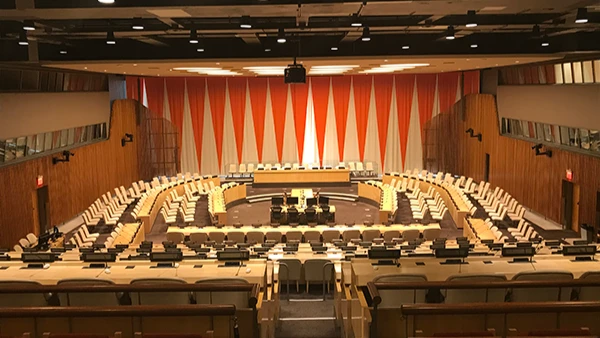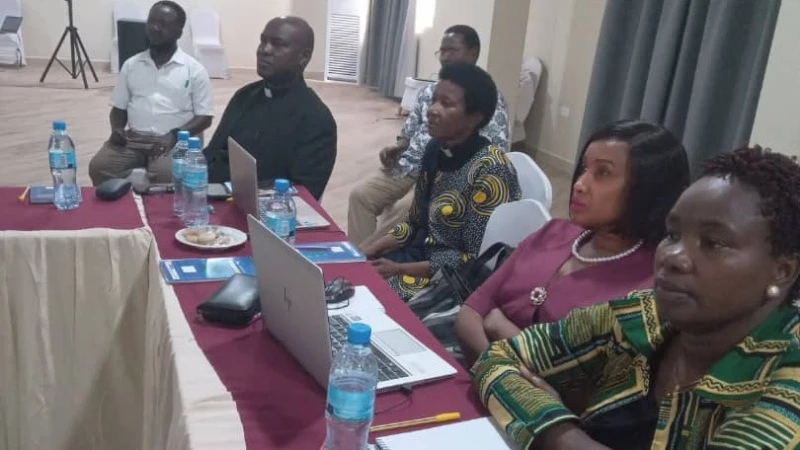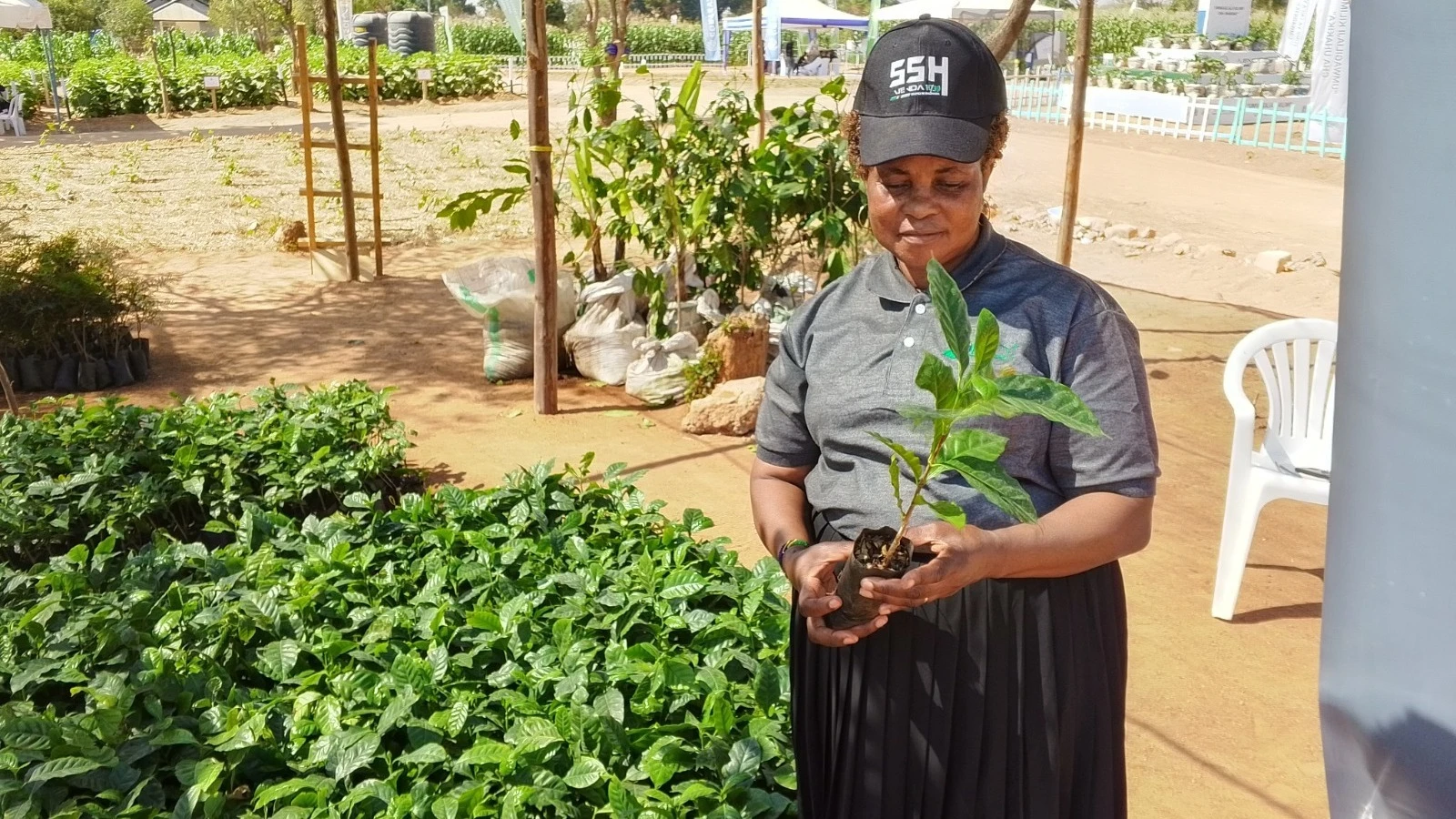Africa's youthful demographic presents significant economic growth through a vast domestic market

WORLD Population Day, observed annually on July 11, raises awareness of global population issues. Established by the United Nations Development Programme in 1989, the event was inspired by the public interest generated by Five Billion Day on July 11, 1987, marking the world's population reaching five billion people.
The day aims to increase awareness of various population issues, such as family planning, gender equality, poverty, maternal health, and human rights. The idea was suggested by Dr. K.C. Zachariah when the global population reached five billion, during his tenure as a senior demographer at the World Bank.
While global attention peaks at population increments of billions, the world population grows by approximately 100 million every 14 months. By November 2022, the global population reached eight billion, highlighting the importance of addressing population-related concerns.
Tanzania, a country that exemplifies significant demographic growth, has seen its population surge from around 8.7 million in 1955 to over 69.4 million in 2024. This more than sevenfold increase is a clear indication of the broader demographic trends observed in many African nations.
The annual growth rate, which averaged 2.85 percent in the early 1960s, peaked at over 3 percent in the mid-1980s and has since remained around 3 percent.
The sustained growth is primarily driven by a high fertility rate, which has recently declined from its peak of seven children per woman in the 1970s to 4.51 in 2024. According to Tanzania's 2022 census statistics, the median age is a mere 17 years, emphasizing the youthful nature of the population.
Economic figures reveal the complexity of the relationship between population growth and economic development in Africa. South Africa's GDP, for instance, amounted to over $373 billion in 2024, the highest on the continent. Egypt followed with a GDP of approximately $347.6 billion, and Algeria ranked third with about $266.8 billion.
These figures reflect the dynamic economic landscape of Africa, with several countries among the fastest-growing economies globally. In this context, Tanzania's fifth place in population ranking, with about 67.4 million people in 2023, presents both opportunities and challenges for economic growth.
A large and youthful population, with a median age of 17, offers a substantial potential workforce that can drive economic activities if properly harnessed.
However, the high fertility rates necessitate the expansion of infrastructure, healthcare, and educational services to accommodate the growing population.
The 38 percent urban population suggests a trend towards urbanization, which could spur economic development through increased industrialization and service sector growth, provided urban planning and investments keep pace with population growth.
Renowned economist Jeffrey Sachs emphasizes, "Africa’s rapid population growth will require unprecedented investment in health and education to ensure that it can sustain and build on its economic gains."
This statement underscores the need for substantial investment in human capital to transform demographic growth into economic prosperity. Countries that successfully invest in education and healthcare can harness the demographic dividend of a youthful population to boost economic productivity.
Migration patterns have also played a role in shaping Tanzania's demographic landscape. Although the net migration rate has often been negative, indicating more people leaving than entering the country, the overall impact on population growth has been minimal compared to natural birth rates.
This is evident from the steady population increase despite periods of negative net migration. As Tanzania continues to grow, managing this demographic expansion will be crucial for sustainable development, requiring policies that address the needs of its young and urbanizing population while ensuring economic growth and social stability.
Tanzania's dependents are almost 85 percent, a significant figure that can strain resources as more investment is needed in healthcare, education, and social services. The University of Dar es Salaam lecturer Dr. John Msinde points out, "The high dependency ratio requires a concerted effort in policy and investment to ensure that the working-age population is capable of supporting the dependents."
This highlights the importance of strategic planning and investment in human capital to manage population growth effectively. Population growth can also spur economic diversification if there is a conducive environment for business and investment.
Diverse economies that are not overly reliant on a single sector, such as agriculture or mining, are better positioned to absorb a growing workforce and sustain economic growth. Egypt, with a population of 112 million, a relatively lower fertility rate of 2.8, and a median age of 24, has diversified its economy to support its growing population.
Economist Dr. Dambisa Moyo notes, "Economic diversification is key to mitigating the risks associated with demographic pressures and ensuring sustainable growth."
In many African countries, agriculture remains a significant part of the economy. Population growth can lead to increased agricultural productivity if there is access to land, technology, and markets.
Industrial development can provide jobs for the growing population, contributing to economic development. Retired University of Dodoma Professor Davis Mwanfupe emphasizes, "African nations need to focus on industrialization and improving agricultural productivity to harness the economic potential of their growing populations." This approach requires sound policies and investments to maximize the economic benefits of population growth.
Countries like Nigeria, with a population of over 223.8 million, stand as the most populous in Africa. Nigeria's large population offers a vast domestic market for goods and services, stimulating economic activities and attracting investments.
The country's median age of 17 and a fertility rate of 5.1 indicate a high dependency ratio but also a potential demographic dividend if the youth are adequately educated and employed. However, Nigeria's high population density of 246 people per square kilometer and significant urbanization rate of 54 percent pose challenges such as the need for robust infrastructure, housing, and social services to sustain economic growth.
Milline Mbonile, Professor of Geography at the University of Dar es Salaam, states, "The relationship between population growth and economic development in Africa is complex and requires a balanced approach.
While a growing population presents opportunities for economic expansion and a demographic dividend, it also requires substantial investments in human capital, infrastructure, and economic diversification to realize these benefits." This sentiment captures the multifaceted nature of managing population growth in Africa.
China and other developed countries have demonstrated the benefits of controlled population growth, ensuring sustainable development through strategic planning and investment.
As African countries continue to experience rapid population growth, they can learn from these examples to achieve a balance between population management and economic development. By investing in human capital, diversifying economies, and ensuring robust infrastructure, African nations can turn their demographic trends into economic opportunities.
The relationship between population growth and economic development in Africa is multifaceted and requires a balanced approach. While a growing population presents opportunities for economic expansion and a demographic dividend, it also requires substantial investments in human capital, infrastructure, and economic diversification to realize these benefits.
A large population presents significant economic opportunities. It fuels demand and drives economic growth through a vast domestic market. A robust workforce enhances productivity and innovation, catalyzing technological advancements and industrial progress. Cultural diversity fosters creativity and global appeal, attracting tourism and boosting soft power.
Foreign investors are drawn to expanding markets, stimulating infrastructure development, and job creation. Well-managed urbanization improves living standards and cultivates innovation hubs. Strategic resource utilization ensures sustainability and maximizes economic potential. With thoughtful planning, countries can leverage their demographic dividend to achieve sustainable prosperity and economic development.
Top Headlines
© 2024 IPPMEDIA.COM. ALL RIGHTS RESERVED

























